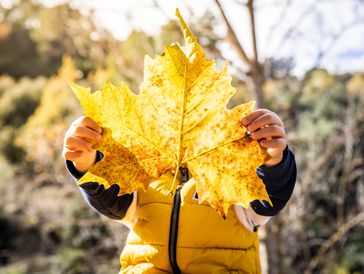Math & Nature

Shape Exploration
Pattern Recognition
Shape Exploration
Students can create different shapes using twigs, sticks or leaves, exploring concepts like triangles, circles and quadrilaterals.

Symmetry in Nature
Pattern Recognition
Shape Exploration
Observing symmetry in leaves, flowers or even birds' wings can lead to discussions about symmetrical and asymmetrical shapes.

Pattern Recognition
Pattern Recognition
Measurement Activities
Identifying patterns in nature, such as the Fibonacci sequence in pinecones or the arrangement of petals on a flower, can be used to teach mathematical sequences and patterns.

Measurement Activities
Data Collection and Analysis
Measurement Activities
Students can measure the length of sticks, the diameter of a tree trunk using either traditional or natural objects as measuring tools.

Nature Scavenger Hunts
Data Collection and Analysis
Data Collection and Analysis
Scavenger hunts with math problems or tasks, such as finding objects with specific shapes or a certain number of leaves, can be fun and engaging ways to practice math skills in an outdoor setting.

Data Collection and Analysis
Data Collection and Analysis
Data Collection and Analysis
Students can collect data about nature, such as the number of different species of plants or animals in a certain area, and then analyze and graph the data.

Outdoor Math Games
Outdoor Math Games
Outdoor Math Games
Creating math games or puzzles using natural materials, such as rocks, shells, or sticks, can encourage hands-on learning and problem-solving